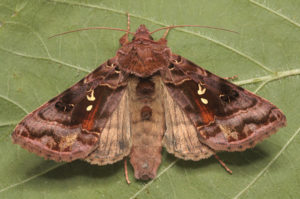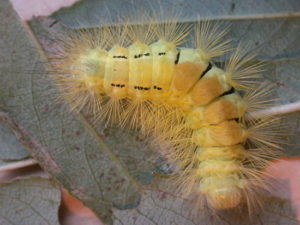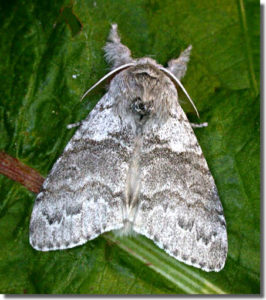We are very proud to say that we regularly work closely with organisations such as Hampshire and Isle of Wight Trust and the RSPB to name a few.
Hampshire and Isle of Wight Trust have been involved with Overton’s Biodiversity Plan which has been very much a community event. For more information on the plan follow this link Overton Biodiversity plan.
A bit of a background
The Earth Summit in Rio de Janeiro held in June 1992 led to over 150 countries signing the Convention on Biological Diversity. The main aim of the convention is to encourage commitment to sustaining and enhancing global biodiversity. The UK Government published the UK Biodiversity Action Plan in 1995 setting out our national objectives as a response to the summit.
Butterflies and Moths
Most UK butterfly and moth species are declining, with 24 species of butterfly and 150 species of moth now listed as priority species on the UK Biodiversity Action Plan. Butterflies and moths are very sensitive to changes in their environment therefore make an excellent indicator on the overall state of a given habitat.
In 2003 Basingstoke and Deane Borough Council produced “Living Landscapes
– a Landscape and Biodiversity Strategy for the Borough of Basingstoke and
Deane,” (basingstoke.gov.uk).
Three main actions have been identified from the Living Landscapes strategy;
1) raising awareness of local butterfly and moth species,
2) working with gardeners and landowners to improve habitats for butterflies and moths,
3) to ‘carry out butterfly surveys and moth trapping to identify local butterfly and moth species and suitable habitats’.
Alison Cross, Head of Conservation for the Hampshire and Isle of Wight Trust carried out a moth trapping session here on the farm on the 1st June, which of course we were more than happy for Alison to do.
They had a good session and recorded over 50 species which is fantastic!! Alison has mentioned that it would be great to trap there on a more regular basis.
Here is a list of those that were recorded. Alison has used common names where they exist but some only have scientific names.
Alison has commented that ‘these are mainly very small moths, or micro moths as they are commonly referred to. If you want to see what any of them look like then www.hantsmoths.org.uk is an excellent website and has a search facility. All of the moths that were recorded are featured on the website and so you can easily search for them’.
Below are a few images taken from www.hantsmoths.org.uk…..


Moth survey on Ashe Warren Farm…
Species found:
Green carpet
Brindled Pug
Map-winged swift
Udea olivalis Pammene albuginana
Silver Y
Silver ground carpet
Treble lines
Flame shoulder
Peach blossom
Pale tussock
Clouded border
Spectacle
Celypha lacunana
White ermine
Teleiodes luculella
Straw dot
Brimstone
Brown silver lines
Eulia ministrana
Waved umber
Common swift
Orange footman
Common marbled carpet
Clouded bordered brindle
Marbled brown
Acentria ephemerella
Nemophora degeerella
Broken-barred carpet
Buff ermine
Pebble hook tip
Common pug
Nematopogon metaxella
Ingrailed clay
Oak hook tip
Coloptilia robustella
Lobster
Scorched wing
Coronet
Strophedra nitidana
Shuttle-shaped dart
Phoenix
Paractopa ononidis
Bee moth
Agapeta hamana
Morophaga choragella
Incurvaria oehlmanniella
Small waved umber
Oligia sp.
Scoparia ambigualis
Chinese character
Clouded silver
Beautiful Golden Y